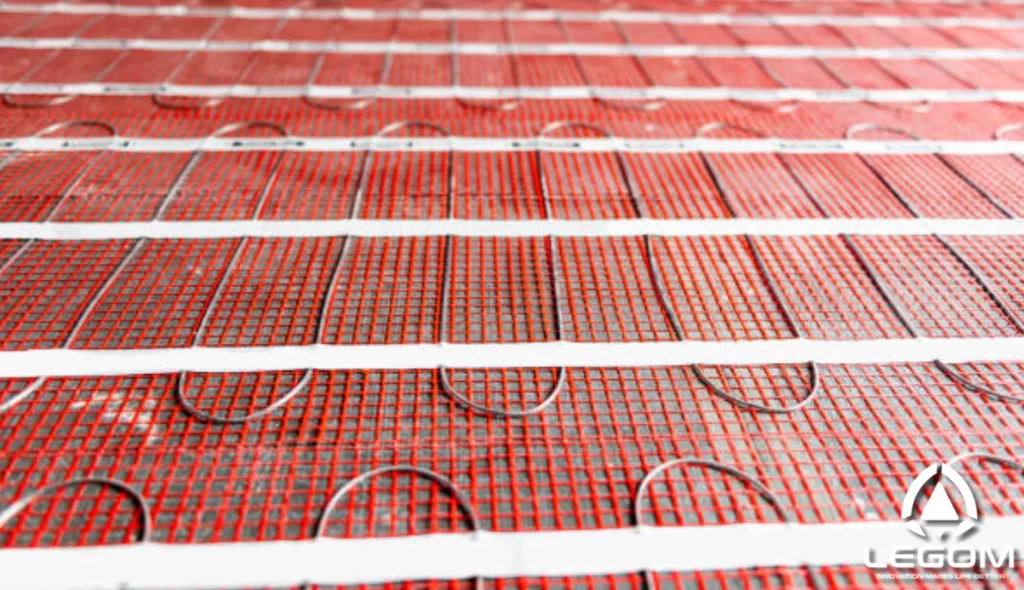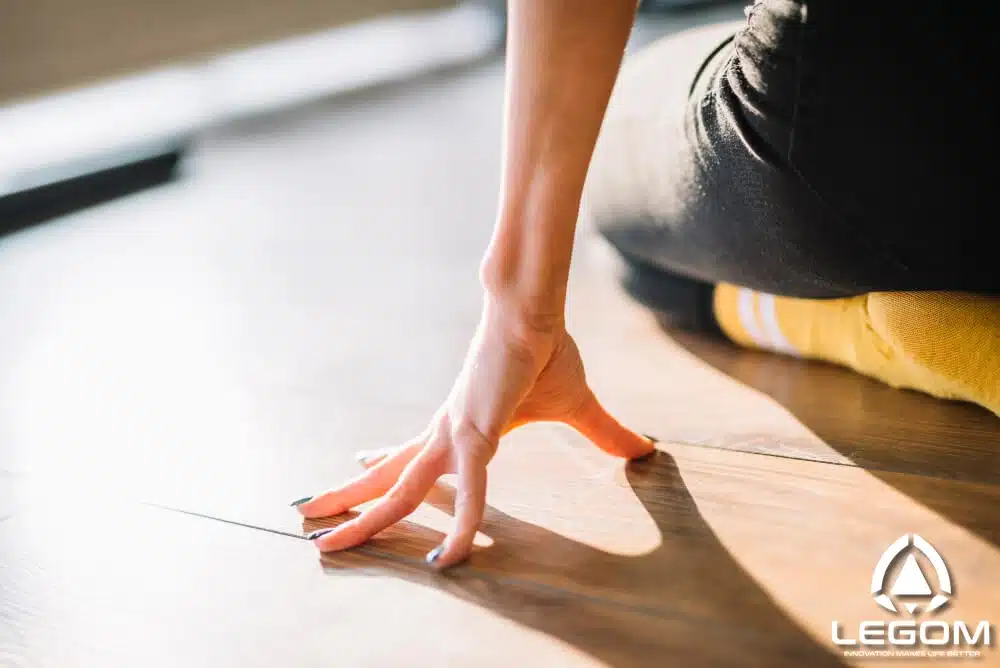Every homeowner may want to have a proper heating system in their home. One of the heating systems commonly used is underfloor heating. Some choose this system because it has many advantages compared to traditional methods. A popular solution within underfloor heating systems is the installation of underfloor heating mats.
Some people prefer an underfloor heating system for its efficiency and effectiveness. It can distribute heat evenly throughout the house. There are several types of underfloor heating systems, one of which is underfloor heating mats, also known as electric mat installation.
This heating system uses electric mats to distribute heat. It is compatible with various types of floors, such as tile, laminate, and carpet, each with its own advantages and disadvantages.
You should carefully consider the characteristics of each before choosing the one that best suits your home. This article provides more information about underfloor heating mats, including their installation process, considerations, and benefits.
Contents
Considerations for Choosing Underfloor Heating Mat Installation
This heating system certainly has several advantages. First, it offers energy efficiency. It operates at a lower temperature than traditional heating methods, allowing for greater energy and cost savings in the long term.
Second, it is space-saving. The installation does not require space for radiators since the heating system is installed beneath the floor, leaving the floors and walls with more open space.
Third, it distributes heat evenly. Unlike traditional radiators, which can cause uneven heating, this system ensures uniform heat distribution throughout your home.
The fourth advantage is its compatibility with various floor types. You can choose from a range of materials for the underfloor heating mats, as they are versatile for different room types. However, each material has specific characteristics, along with its own pros and cons. You should align your needs with these characteristics.
Tiles and stone are considered the best options for underfloor heating because these materials are excellent heat conductors. The second type is laminate, which works well with the heating system.
However, to achieve optimal results, you should check the manufacturer’s guidelines to ensure compatibility with underfloor heating. Other materials that can be used with this heating system include vinyl and carpet.
Underfloor Heating Mat Installation Process
Before installing underfloor heating mats, there are several issues to address. First, ensure adequate floor insulation to prevent heat loss through the subfloor. Proper insulation allows the heat to rise into the room and prevents it from dissipating downward, which would result in inefficient heat distribution.
You should also check the condition of the subfloor. It should be dry, clean, and level, as any imperfections can affect the performance of the heating mats or damage the system over time.
Another consideration is the electrical circuit. There must be proper access to a power supply for the electric mats. For a safe connection, most systems use a thermostat and an RCD (Residual Current Device).
Here are some tools and materials you’ll need: an underfloor heating mat kit (including the mat, smart thermostat, and wiring components), floor insulation boards, a trowel, a multimeter (for electrical testing), adhesive or tile adhesive (depending on the flooring type), and tile spacers (for under-tile installations).
Installation Process Steps
Start by planning the layout. Thoroughly assess your home and measure all rooms. Plan where to position the mat, avoiding any installation under furniture or fixtures, as this could block heat distribution and cause uneven heating. The mats should cover most of the open space, ensuring that no heating elements overlap.
Before installing the mats, lay insulation boards on the subfloor to prevent heat loss. These boards help direct heat upward, resulting in a more efficient system. You can use adhesive or screws to secure their position, depending on the type of materials used.
Unroll the heating mats across the rooms according to your layout plan. If there is mesh backing, fit the mats into the desired areas. Some mats have self-adhesive backing, making placement easier.
Once the mats are positioned, connect them to the power supply. Usually, a thermostat mounted on the wall regulates the heating mat’s temperature. For safety and accuracy, it’s recommended to hire a professional electrician to handle the thermostat installation, ensuring proper and safe operation of the heating system.
After installing the mats, the next step is to cover them with flooring. Before doing so, test the system with a multimeter to ensure there are no breaks or faults in the heating cables. It is important to perform both pre- and post-installation tests.
Choose the appropriate adhesive based on the flooring material. For tile and stone, apply a layer of tile adhesive using a notched trowel. During this step, be cautious not to damage the heating wires.
For other flooring materials, follow the manufacturer’s guidelines to ensure compatibility with underfloor heating. Once the flooring installation is complete, allow the adhesive to dry. Then, retest the system, programming the thermostat to the desired temperature and monitoring the system to ensure it operates correctly.
Post-Installation Considerations
After installation, consider the following:
Energy Efficiency: Underfloor heating mats are energy-efficient. Ensure proper room insulation and set the thermostat to lower temperatures during off-peak hours to save on energy bills.
Maintenance: While the system requires very little maintenance, regular inspections are necessary to detect any issues, such as uneven heating. In such cases, it is advisable to call a professional for repairs.
Conclusion
This is our comprehensive guide to underfloor heating mat installation. We hope it helps you in selecting the best heating solution for your home.
Lastly, but equally important, if you have larger spaces and are looking for a cost-effective, long-term heating solution, consider our Hydronic Underfloor Heating System. Utilizing advanced technology, Legom’s hydronic system provides consistent, even heat distribution while significantly lowering energy costs over time. It’s also ideal for integration with an R32 heat pump. Choose Legom for a reliable, high-quality hydronic heating system that keeps your home warm and comfortable year-round.



